When my Nikon F80 started to flake out, I needed a replacement, but in those days the Nikon F5 (my grail camera) remained financially out of reach, so I went with the one step down from the F5, the F4. The camera quickly gained my trust as the go-to 35mm camera when I headed out into the field and lasted in my collection for several years before I switched to the Nikon F5 and even then there was overlap. Despite the flaws of the early autofocus, the LCD bleed, and limitations with manual focus and AF-G lenses, the F4 became a constant companion. I knew I could take it into the streets, rooftops, and even abandoned buildings and it would perform exactly how I wanted.
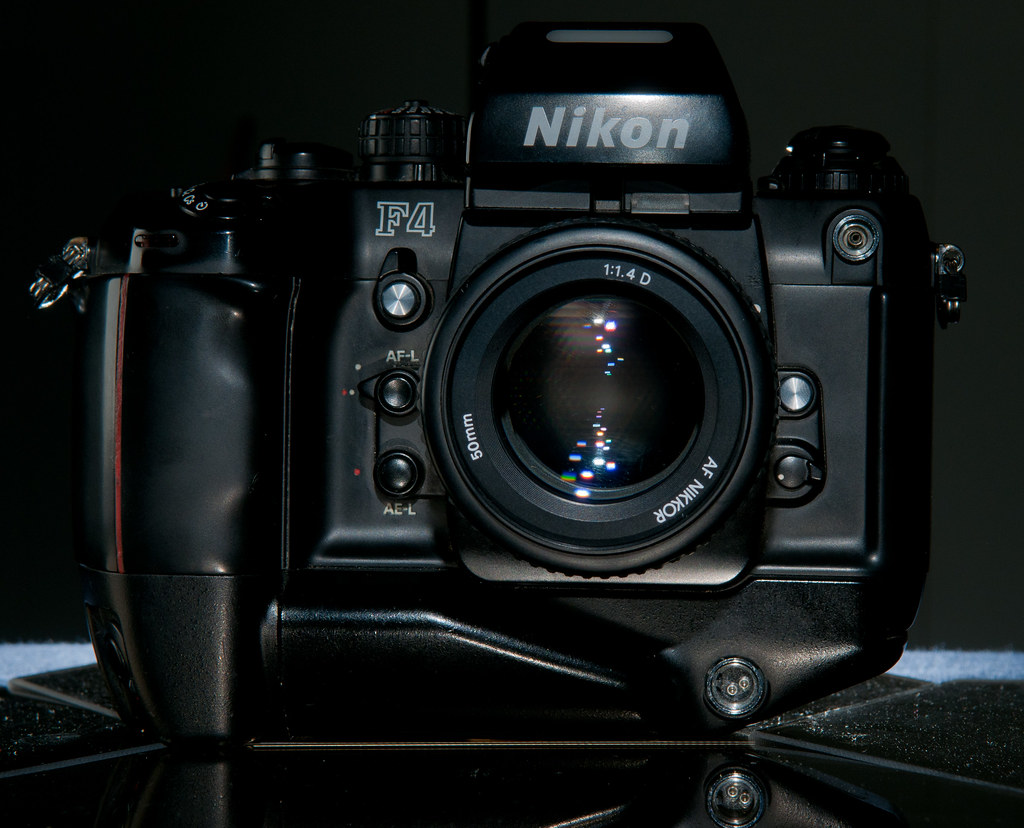
The Dirt
Maker: Nikon
Model: F4
Type: Single Lens Reflex
Format: 135 (35mm), 36x24mm
Lens: Interchangeable, Nikon F-Mount
Autofocus: Nikon AM200 TTL Phase Detection
Shutter: Electromagnetic Metal Vertical Focal Plane Shutter, 30″ – 1/8000″ + Bulb
Meter: Nikon Matrix Metering (DP-20) + Spot + Centre Weighted, EV0-EV21 @ ASA-100, ASA-6-ASA-6400
Year of Manufacture: 1988-1997
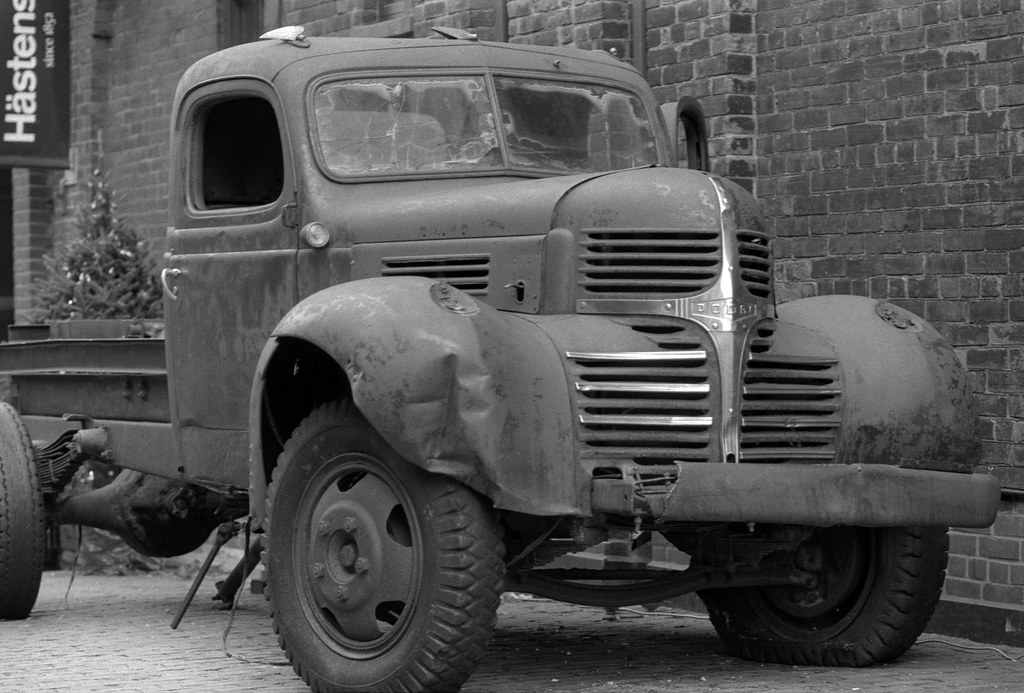

Background
Where the Nikon F was a product of nearly a half-a-century of photographic technology, the F2 built on that legacy, and the F3 shifted gears, the Nikon F4 marked another camera that was a product of what came before. The first step would be in 1983 with the release of the Nikon FA, while the FA remained a short-lived camera the multi-pattern or matrix metering would set a new standard from the centre-weighted meter. The second would be autofocus, but that came from Minolta when in 1985 the Maxxum 7000 rocked the world with one of the first commercially viable autofocus systems. Nikon had experimented with autofocus with the Nikon F3AF but further perfected it with the F-501 (N2020). By 1985 Nikon had produced its first prototype for the replacement to the F3, the Nikon F4. The 1985 prototype had many of the features that would make it onto the production model, an integrated motor drive, autofocus, and a matrix metering viewfinder. However, like the early prototypes of the F2, the F4 looked like a souped-up F3. Once again Nikon turned to Giorgetto Giugiaro to refine their camera design. Gone was the box, smooth yet angular, by 1988 Nikon had a camera that radically departed from its previous designs, even more so than the F3 from the F2. The Nikon F4 earned the title of the best-designed SLR for 1988. Despite this, it was met with scorn from F3 users and subjects. The number one complaint was that the shutter was far too quiet. The biggest departure would be the integration of a motor drive, with an FPS of 4 up to 5.7 depending on the battery grip. The stock MB-20 (F4) gave the user the 4fps, with the MB-21 (F4s) and MB-22 (F4e) gave 5.7fps. Photographers could choose several prisms, but only the stock DP-20 would give you the matrix metering, but the other finders including a waist level still had both centre-weighted and spot. And Nikon still produced a 250-shot magazine. The F4 also could use all Nikon lenses including non-ai. But the F4, compared to other professional Nikon SLRs remained short-lived, production ceasing in 1996.
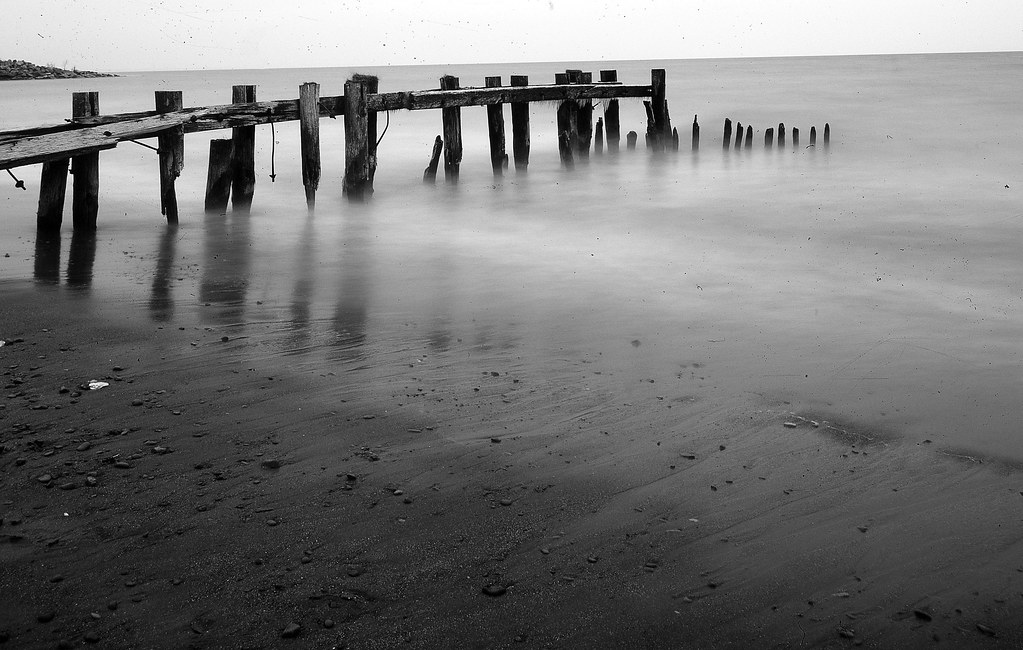

Impressions
The one interesting part of the Nikon F4 is that despite being a camera with automatic functions, a motor drive, autofocus, auto exposure, there are a lot of knobs and dials. Often you’ll hear that the F4 was the best manual camera that Nikon ever produced. And you would be right! And yet the F4 is an accessible camera. Everything is right where it’s supposed to be; nothing is hidden; everything is set manually and is properly laid out. The model that I have is the Nikon F4s, so I do have a vertical shutter release. But even if you just had the F4 or beefy F4e the camera has a wonderful feel about it and is well laid out. I can’t imagine using anything other than the DP-20 finder as it makes the camera all the more usable and like the High-Point finder on the F3 is friendly to those who wear glasses. The viewfinder in the F4 is super bright and big, with lots of screens to let know the frame, exposure settings, and a handy focus assist indicator. However, the LCD screens were subject to bleed. Thankfully, mine did not have too bad of a bleed. And add to all this is that the F4 looks like no other SLR that I have ever encountered.


Experiences
The F4 is a near perfect camera to use. First off, despite being a little bulky and weighty the camera fits perfectly in hand, the controls are easy to access and being able to use the lens aperture control is dead on perfect and very natural to use. The F4 is the camera I reached for when I was out shooting 35mm and needed a level of automation none of my other cameras provided. The camera worked with both my new and old lenses (with some exceptions, but those I’ll get to later) and made life easy for me. The matrix meter gave excellent results in all sorts of different lighting conditions from inside abandoned buildings to out in the streets. The camera’s autofocus is sluggish compared to modern systems, but it was no faster or slower than the Maxxum 7000. But I knew I could come away with excellent shots no matter what when I took the F4 out into the field.
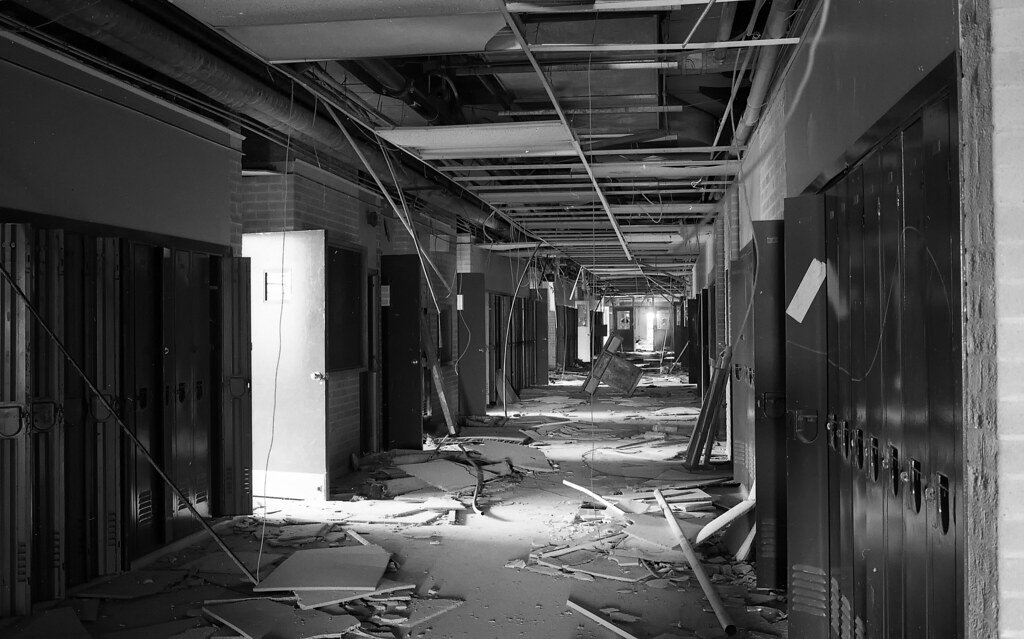

Optics
Like Nikon had done in the past first with the F2 and then the F3, the F4 allowed users to continue with their existing Nikon lenses, in fact, the F4 was the last Nikon camera to allow the use of non-ai glass. That said, the system wasn’t perfect. Non-AI lenses would work, but only with centre-weighted or spot metering, and you would have to use stop-down metering. AI and AI-S lenses would allow for full matrix metering and open aperture metering. The problem I often ran into was that focusing could be difficult in a plain focusing screen and that the focus assist function in the viewfinder worked great for autofocus lenses but seemed finicky for manual focus. But if you ran with AF or AF-D lenses, the F4 gave a top performance, despite the slow autofocus. It should also be noted that AF-G lenses will also work with the F4, but the VR system will not engage, and you’ll be stuck with Program and Shutter Priority modes, just as with Non-AI, AI, and AI-S lenses you’re stuck with manual and aperture priority modes.

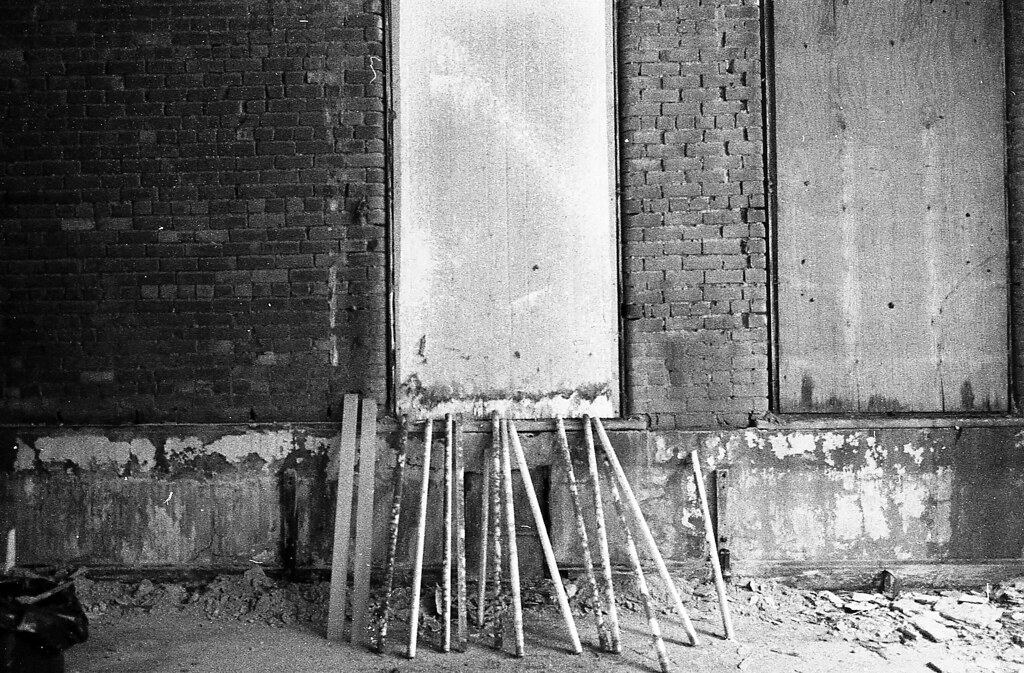
Lowdown
Just because the F4 did not last as long as the F, F2, and F3 doesn’t mean you shouldn’t consider it, and, as a pro-level Nikon, the F4 is surprisingly affordable and pretty bulletproof. For power the camera operates on AA batteries, making it easy to power even if you’re in the middle of nowhere and only have a sketchy gas station to get batteries from, chances are you’ll find enough AA batteries to keep the camera running. The cameras will run between 100 and 250 dollars on the used market (all models). However, you should make sure it works as repairing these cameras is difficult and spare parts are rare, but you can find accessories such as backs and finders still on the market. And while by the time of this rewrite (2019) the F4 has long left my toolkit, I would not hesitate to recommend it to anyone looking to take that first step.
Further Reading
Don’t just take my word on the Nikon F4, you can check out the reviews by other awesome camera reviewers!
– 35mmc – Five Frames with the Nikon F4s
– Casual Photophile – Nikon F4 Camera Review
– Photo Thinking – Tale of Two Festivals
2 Comments